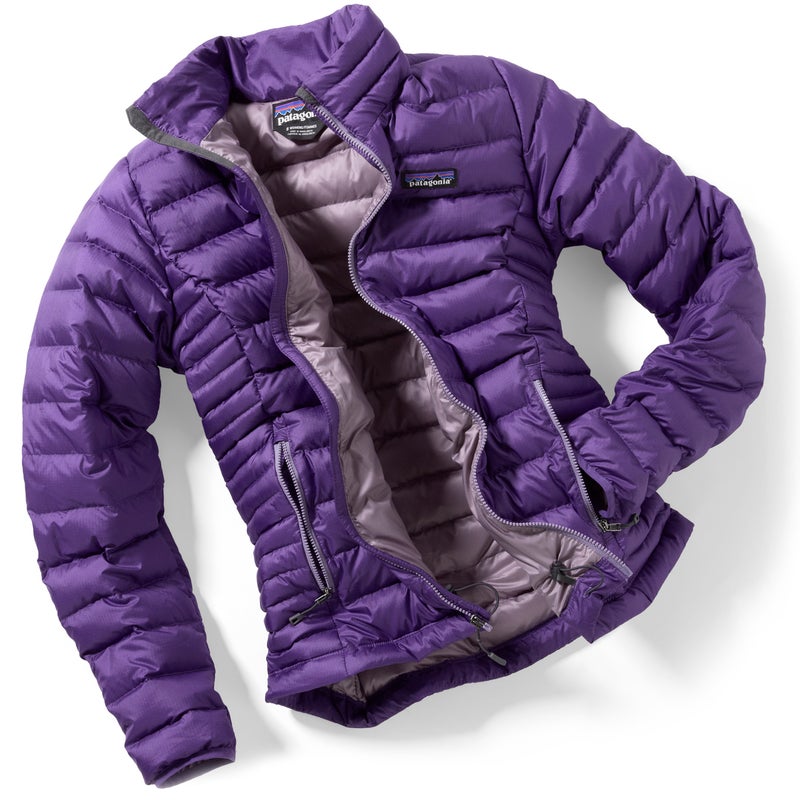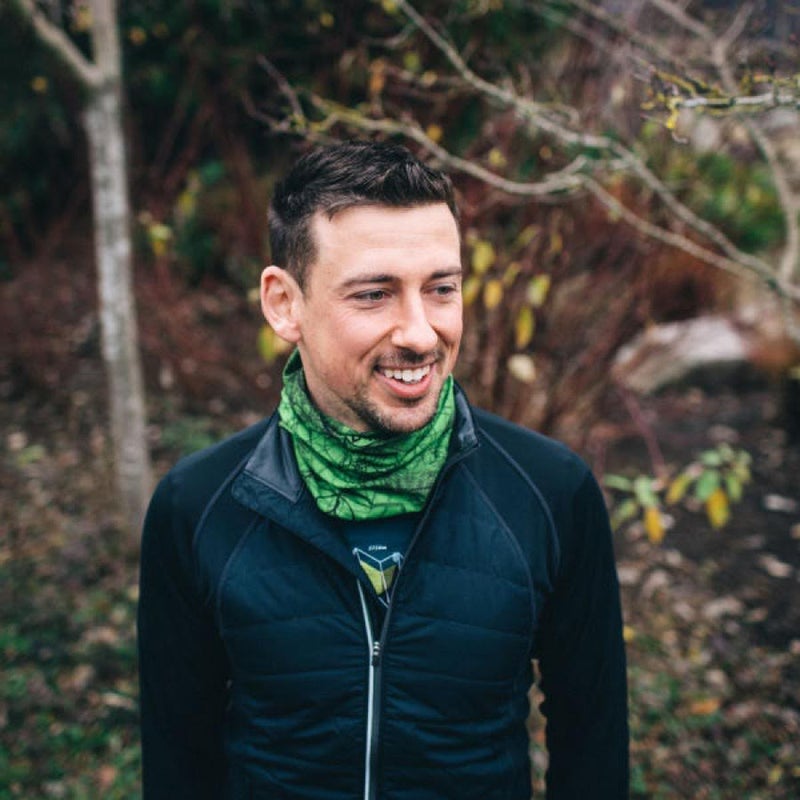1. Choosing Fashion over Function
Bright colors, cool patterns, casual styles that look great at the coffee shop—these are all fine things to look for when shopping for your next layer. But while there’s nothing wrong with looking good out there, it’s important to remember that the primary function of your layers is to keep you warm, dry, and happy in potentially nasty conditions. Features like pull-down thumb loops, lightweight hoods, and (for those of you who run at night) reflective trim can be lifesavers, both literally and figuratively, in the field. Cut is important too. Your baselayer should be trim or even snug, to accommodate more layers, and your midlayer should fit under your shell without constricting your movement. And don’t forget about little things like zippers. If every layer has one, they can create an uncomfortable zipper pile-up around your chin. Same goes for your footwear: how they look with your jeans is important, but if you’re planning on snowshoeing all day, get a pair, like , that are waterproof, well insulated, and built with an outsole specifically designed to stay grippy in below-freezing temperatures.

2. Wearing Too Few Layers
The biggest mistake you can make is not wearing or bringing the right layers. Your go-to system, which you can scale up or down as needed, should consist of a base, mid, and outer layer. A baselayer, or next-to-skin layer, helps regulate your body temperature by moving perspiration away from your skin. No matter how frigid the temperature, this should always be a lightweight, long-sleeved top like . The main function of your primary midlayer is to retain heat by trapping air close to your body. In terms of warmth-to-weight ratio, a packable down jacket like can’t be beat. For aerobic activities, a lightly insulated top like is ideal. Unlike down, its synthetic insulation will keep you warm even if it gets wet. In cold or wet conditions, you’ll want to top it all off with a highly water-resistant soft shell, like , that can hold off light rain or snow for a few hours or, depending on the forecast, a completely waterproof Gore-Tex jacket like , which can repel all-day precipitation.
3. Starting Out Too Hot
We’ve all been there: a few minutes into your run, ski, or ride and you start to overheat. The key to not getting in that predicament is to start a touch chilly, and wear layers and accessories you can easily shed or fine-tune on the fly (see tip 5), as well as having the confidence to leave your waterproof or highly water-resistant shell in your pack (or at home for shorter, faster efforts). Because as soon as you get moving, even the most breathable jackets simply can’t let the moisture you create (i.e., sweat) escape fast enough, and regardless of what the weather is doing, you’ll end up getting wet from the inside.

4. Stopping Too Late
Ask any serious Polar explorer or backcountry skier and you’ll get the same answer: your biggest problem isn’t getting cold—it’s actually getting too warm and sweaty. In summer, this isn’t a big deal. In winter, it can get you into serious trouble. Once you stop moving, hypothermia can strike in less than five minutes on cold, windy days. But the solution is simple. If you start sweating, immediately shed layers or slow down. It’s all about temperature regulation, and new midlayers like , which is stuffed with Polartec Alpha, a new breed of highly breathable synthetic insulation, make it easier to stay cool while you’re huffing down the trail or up the hill.

5. Failing to Fine-Tune
Managing your temperature starts with the simple things like cracking pit zips or pushing up a base layer’s sleeves if you start getting warm. But the ability to trap or shunt heat on the fly is also the reason why you bought that base layer with all the bells and technical whistles. Micro-adjustments like putting your hood on or off or pulling thumb loops up or down can often eliminate the need to stop and peel or add an actual layer. For regulating temperature without breaking a stride, nothing beats the versatility of Buff’s lightweight , which can be worn as a hat, headband, neck gaiter, or balaclava if necessary. In winter, small changes—like switching around your Buff or taking your gloves or hat off or on—can have big effects. Whatever layering system you choose, the key to staying happy and comfy in low temperatures is to start with the right layers and not be afraid to slow down, shed something, or make minor adjustments before you overheat.


